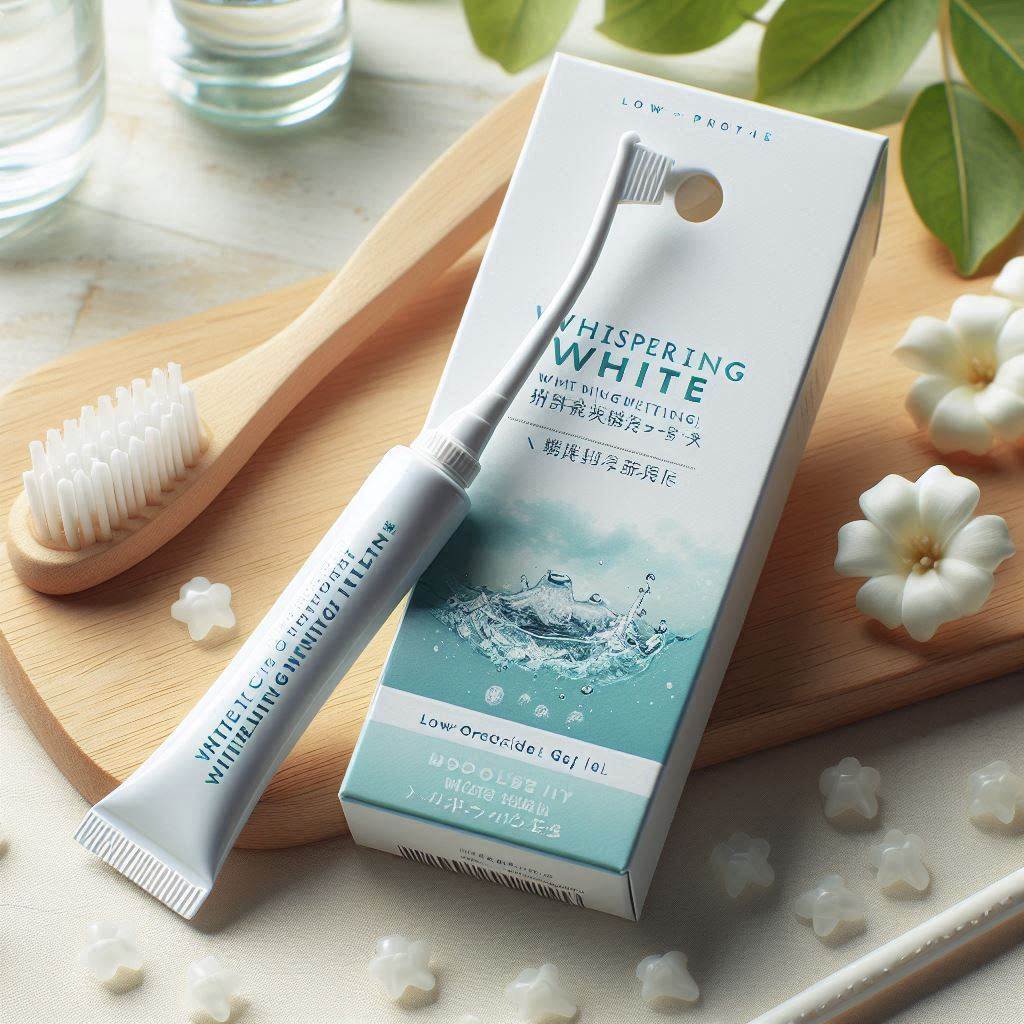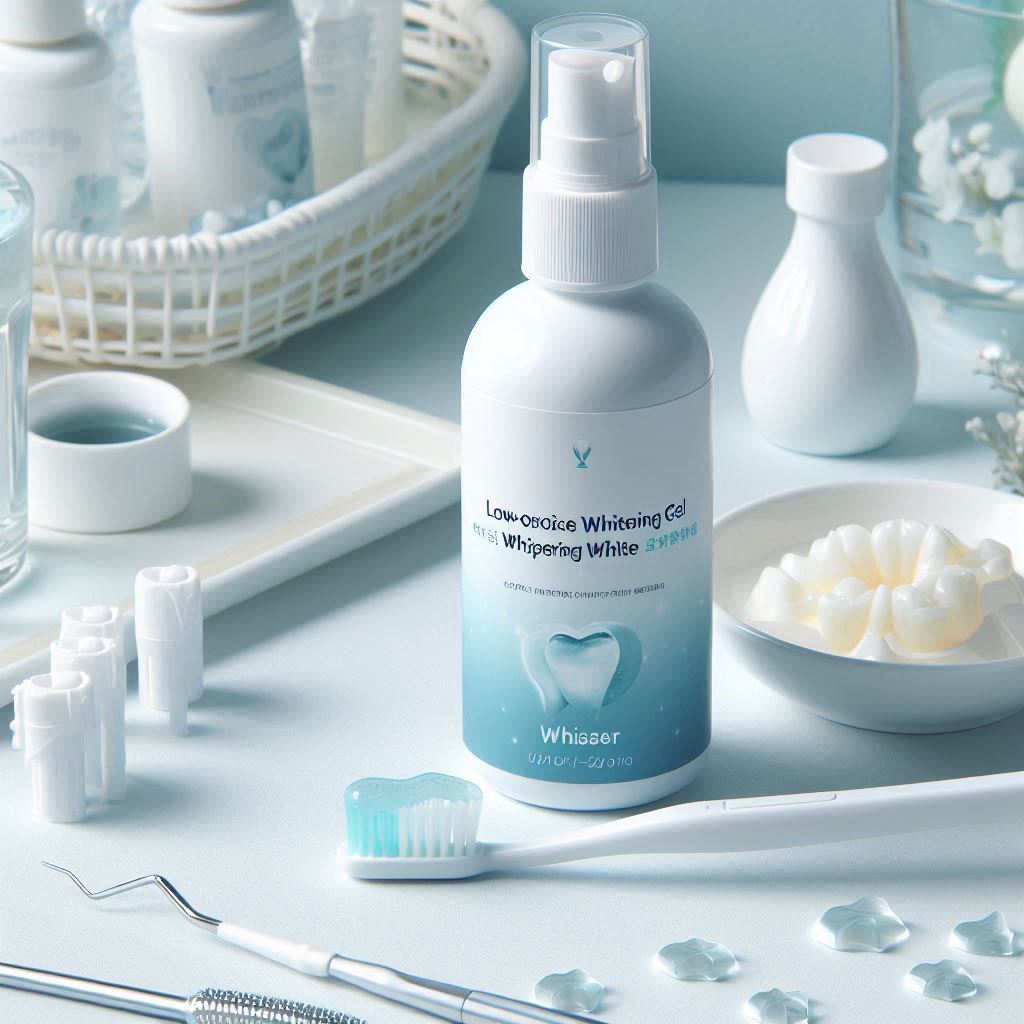Imagine if your teeth were a peaceful piano—each tooth a pristine ivory key. You want them clean, bright, and beautiful, but not at the cost of disturbing their harmony. Now, imagine slamming those keys with a sledgehammer—that’s what traditional whitening gels often do to sensitive teeth.

But what if there was a softer approach? One that brightens without bruising, one that whispers white instead of shouting it?
Welcome to the world of low-peroxide whitening gel, the modern-day solution to effective yet gentle teeth whitening for sensitive teeth.
The Problem with High-Peroxide Gels
Traditional whitening gels often use high concentrations of hydrogen peroxide—sometimes as much as 35% or more. Yes, they can break down stains quickly. But like using paint thinner on a delicate painting, they risk stripping away more than just surface color.
For people with sensitive teeth, that peroxide burns like fire. It penetrates the enamel, reaching the nerves and causing sharp, shooting pain. Some even report lingering discomfort for days.
It’s like asking a sunburned person to sunbathe again. That’s where low-peroxide whitening gels come in, offering brightness without the burn.

What Makes It “Low-Peroxide”?
Low-peroxide whitening gels typically contain 6% to 10% hydrogen peroxide, or they substitute with carbamide peroxide, which breaks down more slowly and gently. These lower concentrations work gradually, reducing risk while still delivering visible results.
Think of it like switching from espresso shots to calming herbal tea—you still feel refreshed, but without the shock to your system.
In the context of teeth whitening for sensitive teeth, this makes all the difference. It means you can maintain a whitening routine without bracing for pain after each session.
How Does It Work?
Let’s go back to that piano metaphor. Traditional gels slam the keys to make a statement. Low-peroxide gels, on the other hand, tickle the ivory—gently breaking down stains over time through slow oxidation.
The lower peroxide level allows for longer wear times, often ranging from 15 to 60 minutes per session. This makes it ideal for sensitive users because the teeth are not overwhelmed by an intense chemical storm.
To enhance comfort, many formulations also include soothing agents like:
- Potassium nitrate – calms nerve endings
- Fluoride – strengthens enamel during whitening
- Aloe vera or chamomile extract – reduces irritation to gums
Ideal Users for Low-Peroxide Gels
These gels are specially made for people who:
- Have naturally sensitive teeth
- Experience pain after hot or cold drinks
- Have thin enamel or exposed dentin
- Want teeth whitening for sensitive teeth without visiting a dentist
- Had a bad reaction to high-peroxide products in the past
It’s also perfect for maintenance—for those who have already whitened their teeth and just want to keep the glow alive without overdoing it.
Best Practices for Use
To get the most out of your low-peroxide whitening gel:
- Apply at night, so your teeth have time to recover without immediate exposure to food or drink.
- Avoid acidic or staining items (coffee, red wine, soda) for 24 hours after use.
- Combine with a sensitive toothpaste during your treatment period.
- Use a gel with added enamel-protecting minerals if possible.
Consistency, not intensity, is the secret here. It’s like watering a plant gently every day rather than flooding it once a week.
The Gentle Glow: Whitening Without Worry
Low-peroxide whitening gels don’t shout; they speak softly. They understand that not all teeth are built the same, and some need extra care.
In a world obsessed with fast results, low-peroxide gels remind us that slow and steady often wins the race—especially when it comes to comfort and care.
So, if you’ve been hesitating to brighten your smile for fear of pain, hesitate no more. Low-peroxide whitening gel is here to bring you a peaceful, radiant smile—one gentle step at a time.


